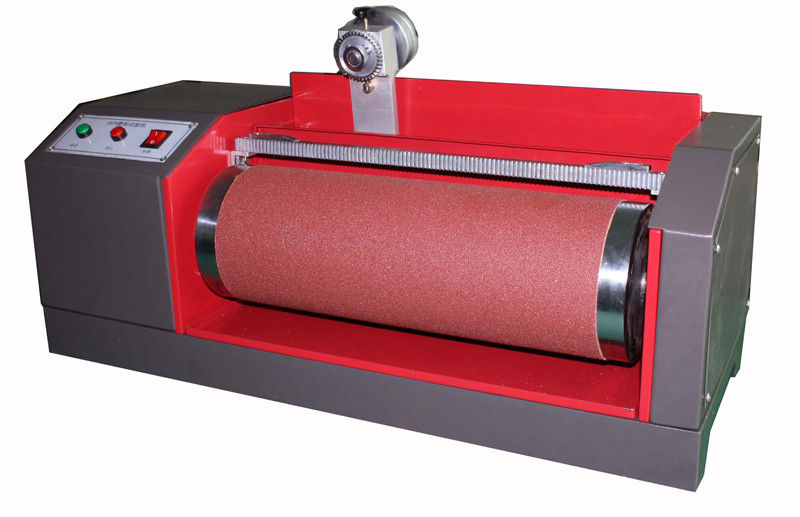
Standard Methods For abrasive wear test
2019/03/08

A number of standard methods have been developed with the aim of producing test data that will reproducibly rank materials under a specified set of conditions. The most widely used are the sand/rubber wheel test in dry (ASTM G 65) and wet (ASTM G 105) conditions and a sand/steel wheel test in wet conditions (ASTM B 611). These define tests under dry or slurry conditions with specified loads, wheel speeds and sand feed rate. In all cases the abrasive used is rounded quartz grain sand.
In practice, abrasive materials will vary considerably in hardness, crushing strength and shape from the sand specified in the ASTM standards. Rankings of wear resistance obtained with quartz sand may bear little relation to wear with other abradants such as sub=angular quartz, silica sand, alumina, sinter, coke and coal.
Previous: What is the status of textile instrument manufacturing
N e x t : Test Procedure of Hydrostatic Pressure Test



